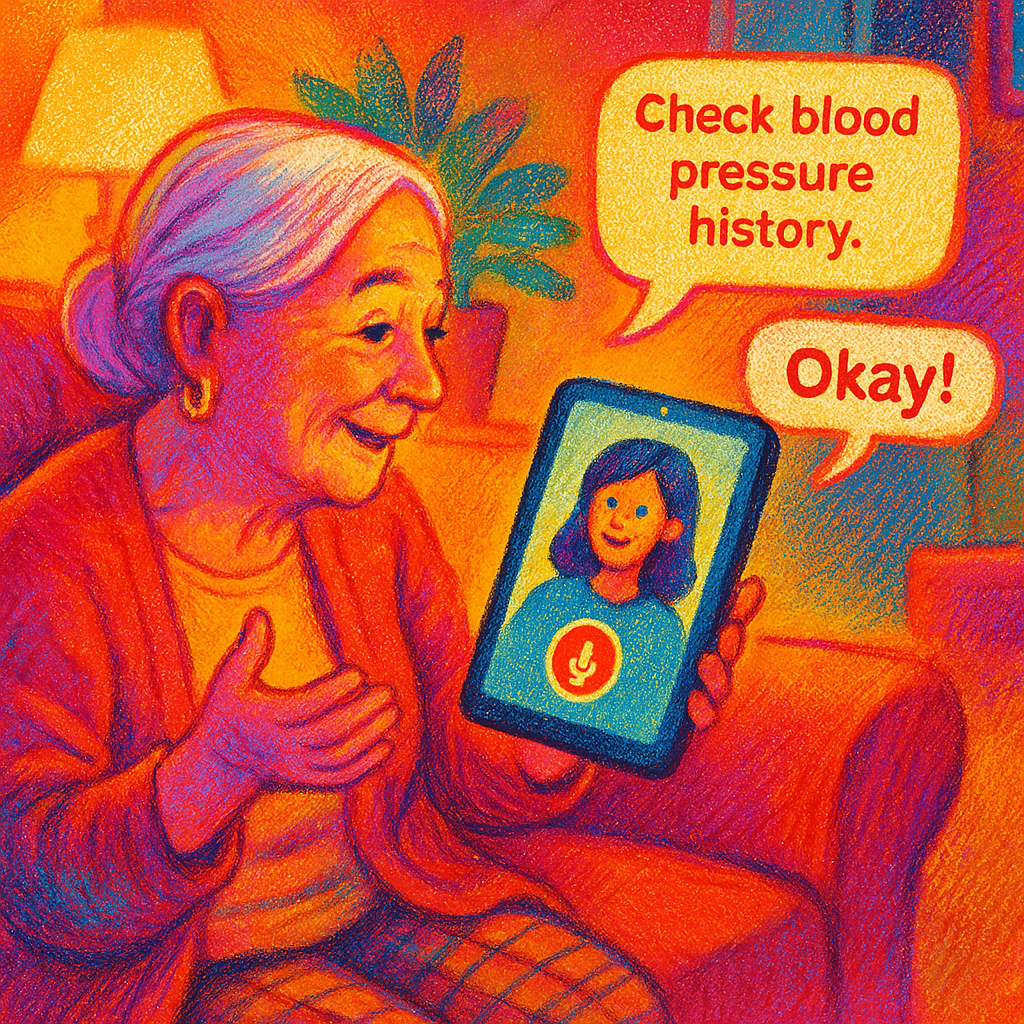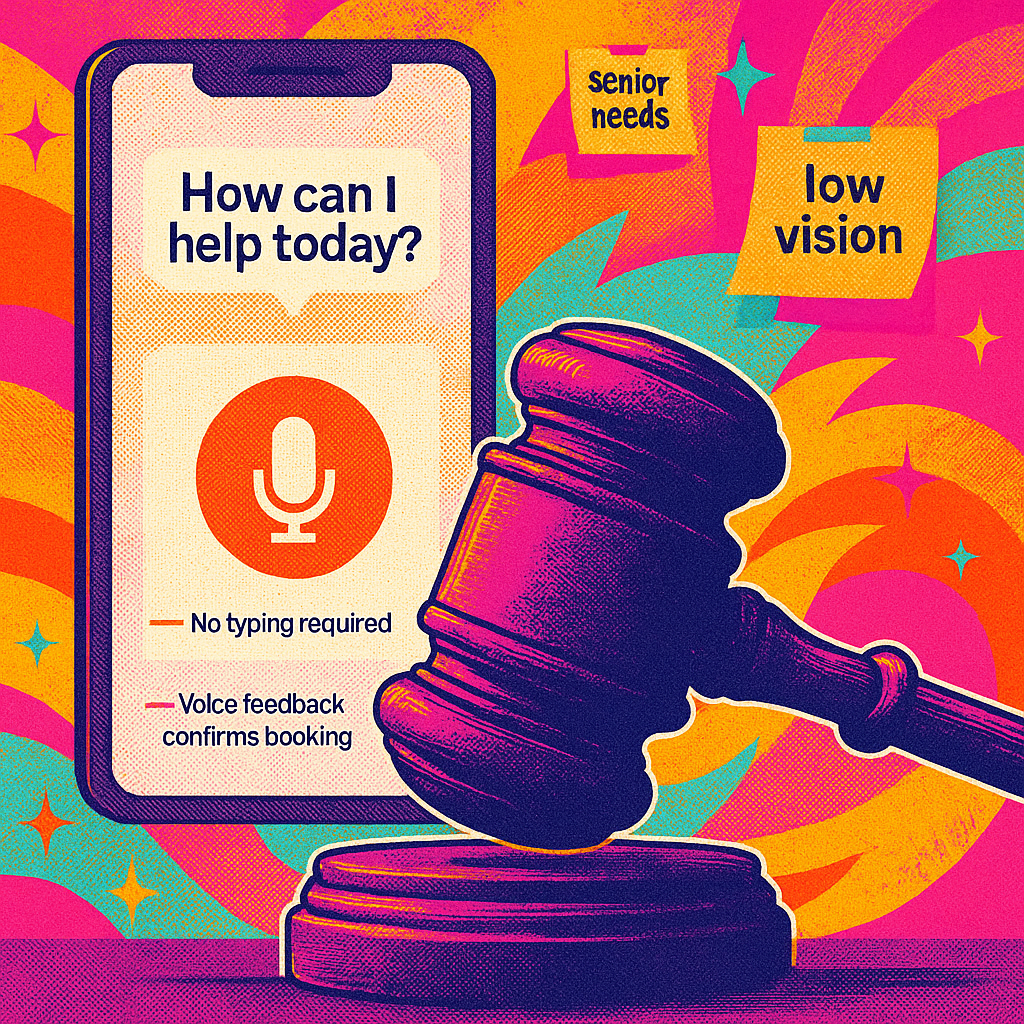Contextual Personas for Edge Devices
by Admin-checker
INDEX
The telehealth app achieved better accessibility for older users while reducing drop-off rates by 38% through its voice-first UX design approach.
Date Jul 25, 2025
INDEX

Standard app interfaces present difficulties to older adults because they contain small buttons and confusing labels and disorganized menus.
A telehealth startup began working with Boosta during early 2025 to address a critical issue where senior users abandoned their basic telehealth appointment bookings at a rate of 38%.
The breakthrough? Voice-first UX.
Here’s how we helped them reduce senior drop-off and boost confidence with a hands-free, intuitive interface.
The initial onboarding flow required:
For younger users, the flow worked fine.
But seniors—especially those over 65—struggled.
Common issues included:
Analytics showed that most drop-offs occurred before step 3 in the original flow.
We asked:
What if we treated the app more like a conversation than a form?
Instead of text input and dropdowns, we tested:
The idea: reduce friction through conversational UX.

We ran a controlled usability test with 24 senior participants, split evenly:
Completion Rate:
User Feedback:
After rolling out the voice-first experience to all users 65+, results were clear:
And most importantly:
More appointments were completed—without caregiver intervention.
Voice-first design serves actual needs beyond its current popularity status:
The essential element for voice-first design involves contextual voice guidance instead of voice input.
The senior population shows positive responses when they receive guidance instead of feeling overwhelmed.
At Boosta, we specialize in accessibility-driven CRO.
In this case, our team helped with:
We approach UX as more than design because it represents real-world empathy.
The telehealth app achieved more than drop-off reduction through Voice-first UX.
The platform re-established contact with users who were previously overlooked.
Older users who use your product will experience higher engagement and conversion rates when you switch from touch input to voice commands.
Simplicity stands as the winner in our complex digital world because it uses language that users understand.
Teams use Zapier in boardrooms, spare rooms, and rooms where AI has ROI.